While architectural photography is captivating in its own right, there’s something enchanting about capturing buildings at night. The interplay of artificial lights against the dark sky creates a mesmerizing backdrop that adds drama and charm to architectural compositions. In this article, we’ll delve into the art of capturing buildings at night through photography and explore how this genre can illuminate the beauty of architecture.
The Magic of Night Photography
Night photography is a specialized form of art that presents a set of unique challenges and opportunities. When it comes to photographing buildings at night, lighting becomes the key element in creating stunning images. The combination of artificial and natural lighting can transform an ordinary structure into a captivating masterpiece.
Nighttime architecture photography allows photographers to:
- Highlight the architectural details: Buildings often have intricate details that can go unnoticed during daylight. By using well-placed artificial lights, photographers can accentuate these details and reveal the hidden beauty of the architecture.
- Create a mood: The contrast between light and darkness adds a sense of mystery and drama to compositions. Photographers can play with the interplay of light and shadows to evoke different emotions and capture the essence of the building.
- Enhance the visual impact: The absence of daylight allows photographers to emphasize the illuminated areas of a building, making them stand out against the night sky. The vibrant colors and textures take center stage, creating a visually striking image.
Technical Considerations for Night Photography
Photographing buildings at night requires a combination of technical skill and creative vision. Here are some important considerations that can help you capture stunning images:
- Use a sturdy tripod: Nighttime photography often involves long exposure times, so having a stable base is essential. A tripod helps eliminate camera shake and allows for sharp, high-quality images.
- Experiment with long exposures: Longer exposure times allow more light to enter the camera sensor, resulting in vibrant and well-exposed images. Play around with different exposure settings to achieve the desired effect.
- Master light painting: Light painting is a technique where photographers use handheld lights to illuminate specific areas of a building during a long exposure. This method can add a touch of magic and create a sense of depth in your photographs.
- Shoot in RAW format: RAW files contain more information and offer greater flexibility during post-processing. This allows you to make adjustments to exposure, white balance, and other settings without compromising image quality.
Key Takeaways
Photographing buildings at night is a captivating way to illuminate the beauty of architecture. Through careful composition and the artful use of lighting, photographers can bring out the unique characteristics and hidden details of each structure. Here are some key takeaways:
- Night photography allows for the highlighting of architectural details that may go unnoticed during the day.
- The interplay of light and darkness creates drama and mood in nighttime architectural compositions.
- Long exposures and light painting techniques can enhance the visual impact of a building at night.
- Using a tripod and shooting in RAW format are essential for achieving sharp and high-quality images.
The Night Reveals the True Soul of Architecture
Photographing buildings at night unveils a different side of architecture that often goes unseen. The interplay of lights against the dark sky reveals the true beauty and essence of each structure. By mastering the technical aspects and harnessing creative vision, photographers can capture stunning images that showcase architecture in a whole new light.
So, grab your camera and explore the world of nocturnal architecture photography. Unleash your creativity, experiment with light, and let the buildings speak to you through the lens. The night is your canvas, and the buildings are your art.

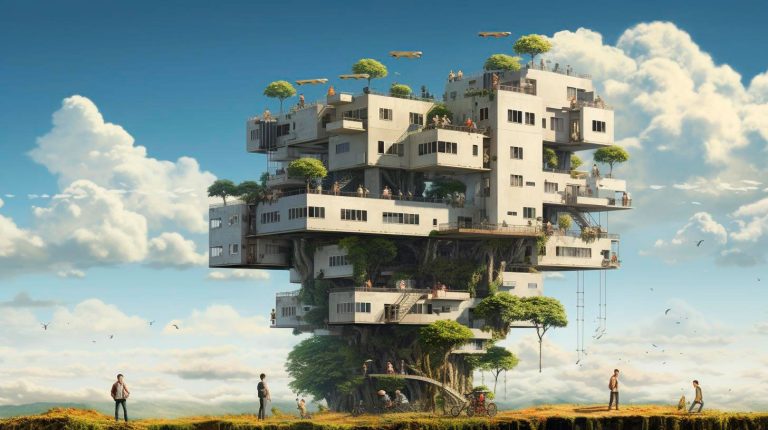
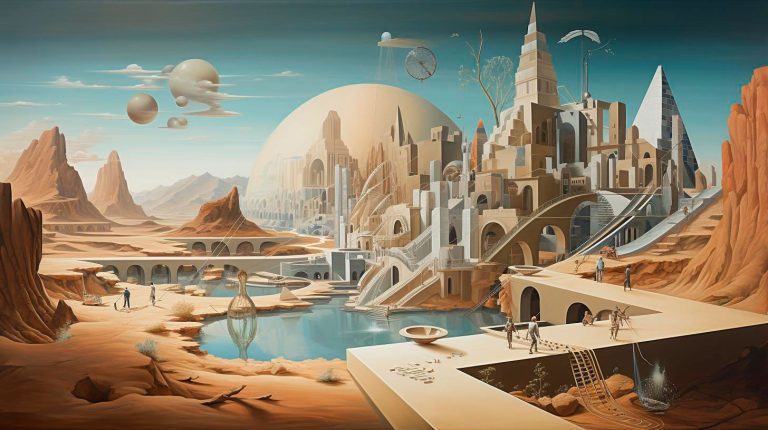
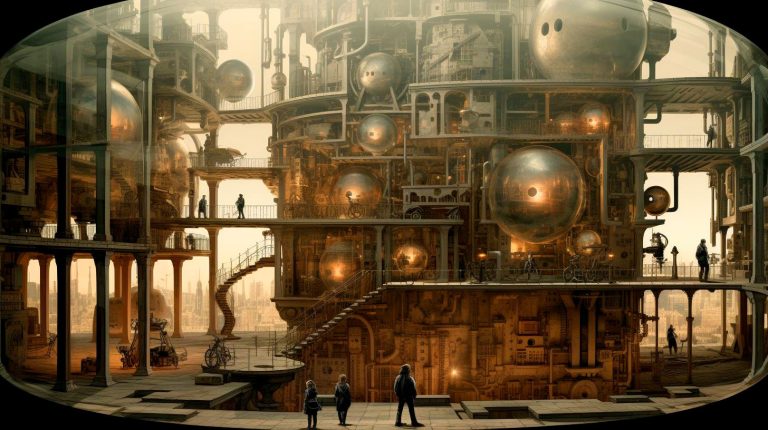
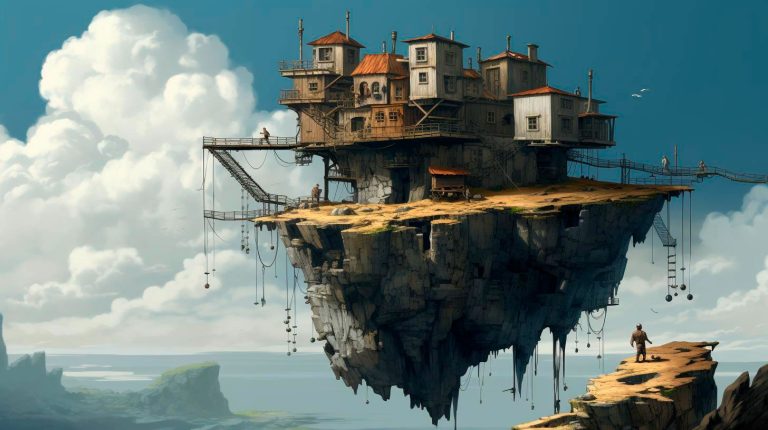

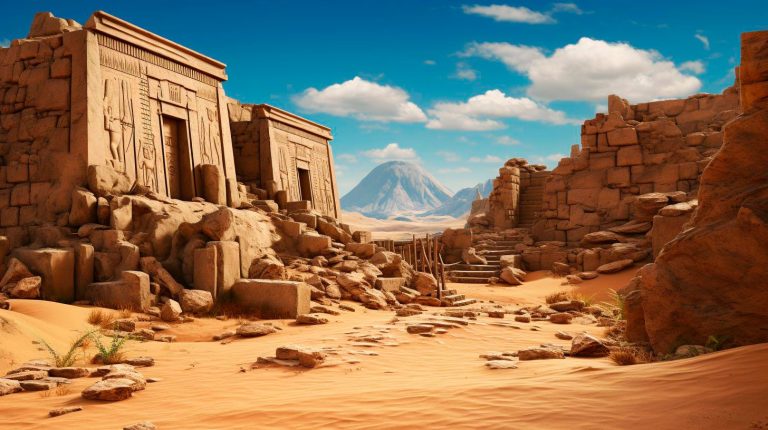
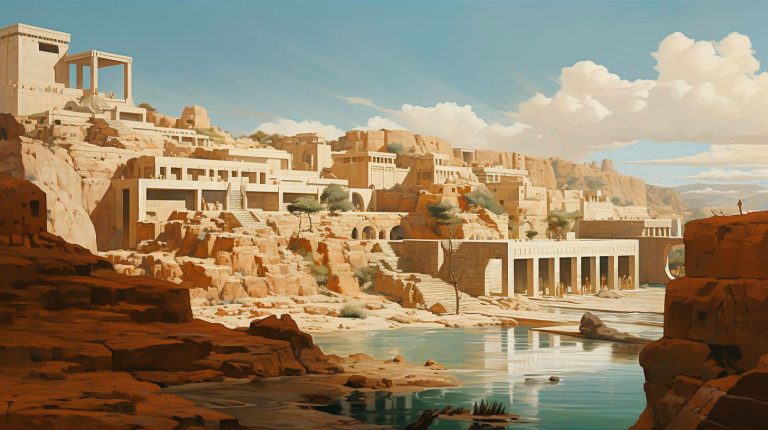
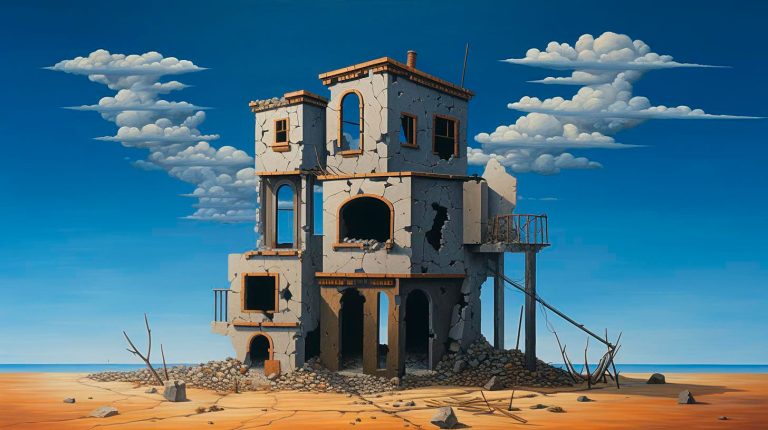
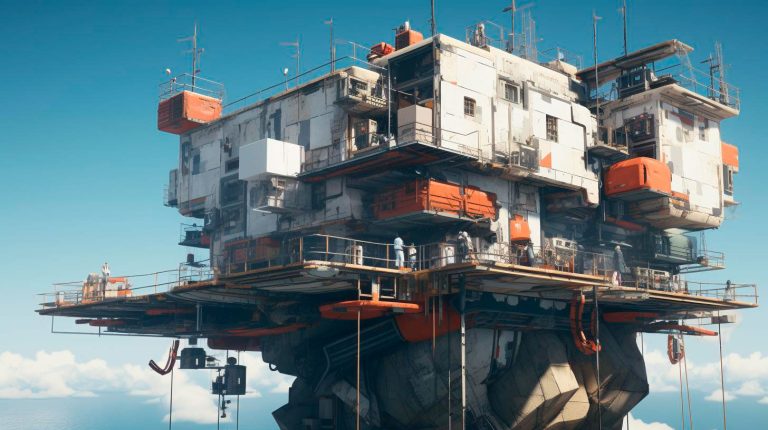








+ There are no comments
Add yours